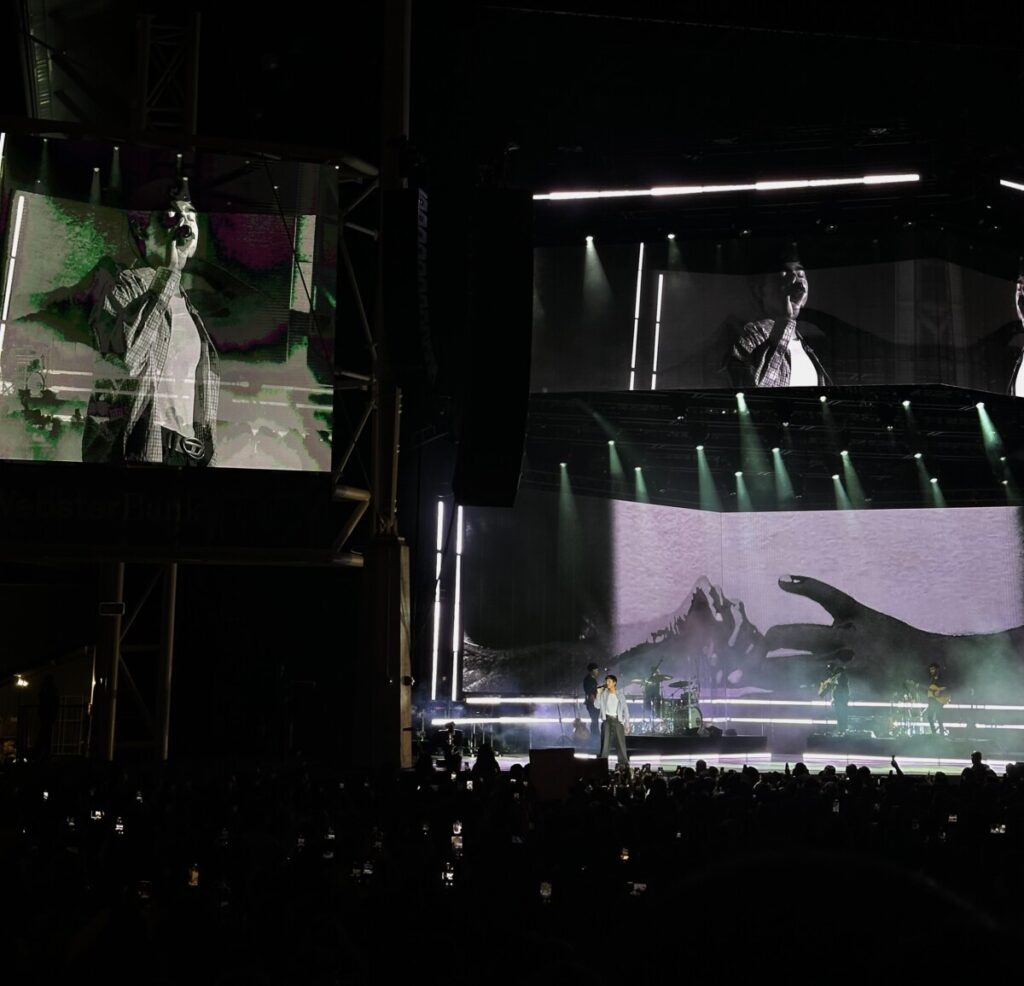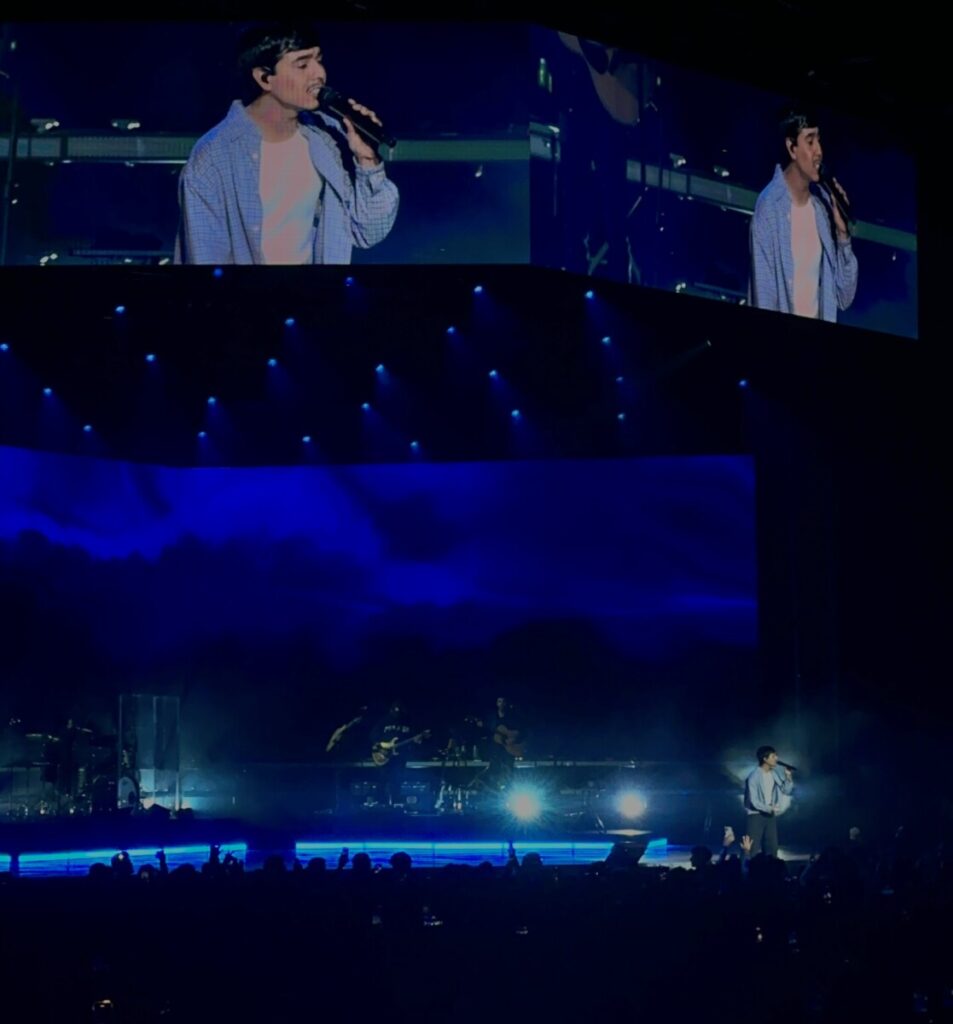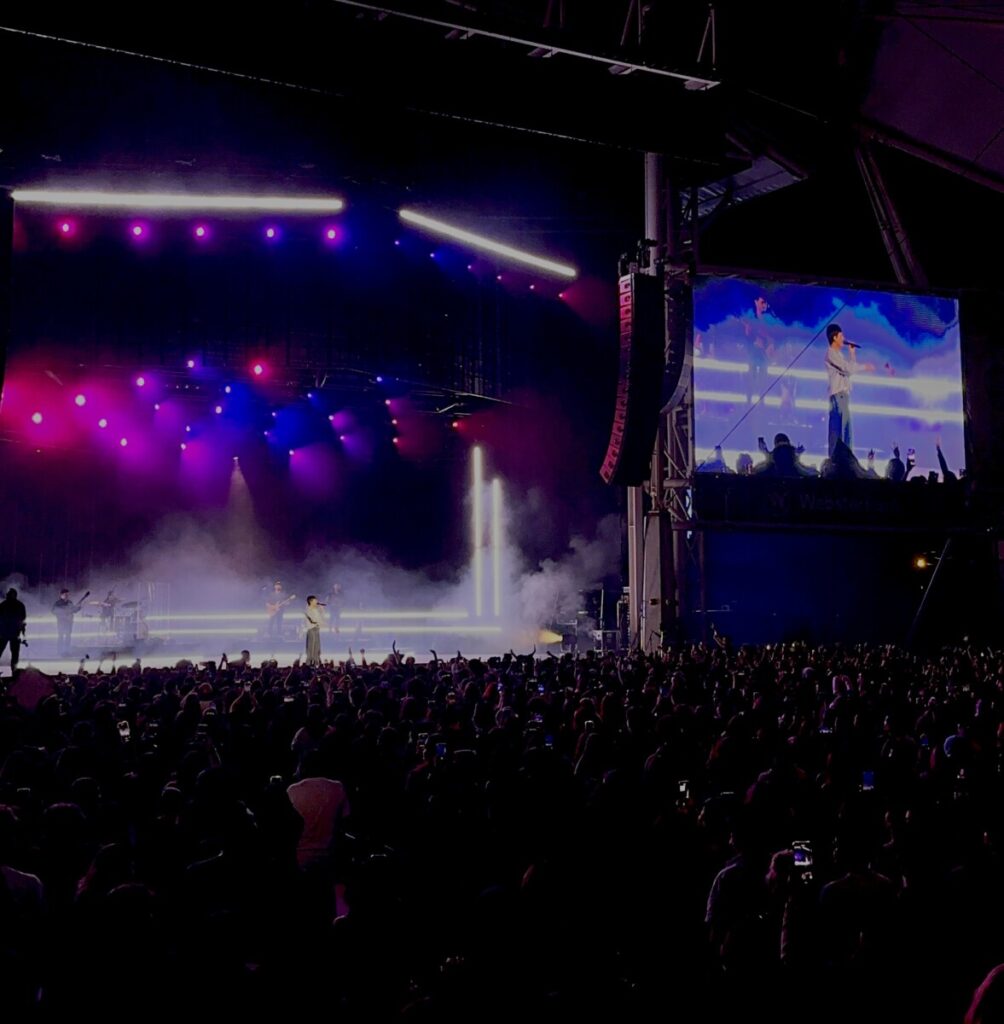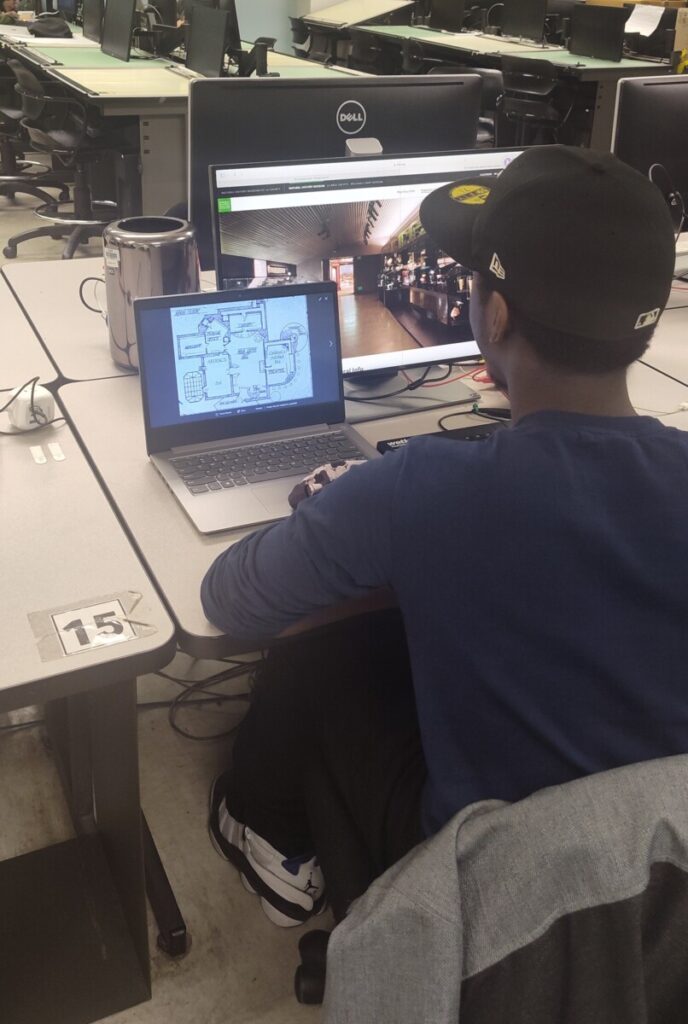Gabriel Changlee
Professor Scanlan
English 1121
29 September 2024
Lines of Green Near Pillars of Concrete
Photography can often be used as a reminder of what we once had. As John Berger stated in Understanding a Photograph “ (The most popular use of the photograph is as a memento of the absent.)” (20) We often take for granted the things and people we love until we lose them, left only with a fragment of time in the form of a photo. The idea that we can take something for granted until the moment it is gone and all we have left are memories and photos is sad but there is not anything we can do besides to know what we have and appreciate it.
Nature is one of the things we take for granted, the very trees that provide us oxygen that we cut down in order to make room for the cities to be built. Only to have the very same trees littered throughout the city placed in specific patterns locked to their positions like caged animals at the zoo. The photos used will be taken in New York around the downtown area which used to be where natives would farm and fish. Using lighting, foreground/middleground/background, and angle, I will explain and hopefully help you share the same perspective on nature that I do.
(Title: A Green Dome)
The first photo is at an upward angle with a ceiling of tree branches and leaves with sunlight leaking through. There are buildings in the background with very dull colors, making the bright green leaves of the trees stand out even more.
The photo has a very high reality effect and the bright sky beyond the green leaf colored sky due to the photo being angled from below the tree branches helps a lot with imagining being inside a forest during summer or spring. The bright green leaves whose colors can often elicit a calming feeling that helps you to feel even more at peace when surrounded by nature. Instead of the dull colored buildings (often tan, white, black, or gray) which reinforces the monotony and dullness of life, the leaves feel like they can give you energy somehow. The idea that these trees are caged in between giant concrete pillars is further reinforced by the fact that; even beyond the reaches of the tree branches, we can still see the dull buildings that house our everyday lives in the background with their symmetrical square shaped windows.
Imagine the scene of nature walking through a forest with leaf and rock crunching underneath your shoes with the scent of flowers in the wind. Now compare that to what we have now, where the not so very good smelling air within the city permeates your nostrils as you try to take in the rare sight of nature.
(Title: Across The Metallic Stream)
The next photo makes use of foreground and background. A tree on the right side of the photo seemingly tries to cover the sight of the building with its long extending branches. There is also a river of trees in the background of the photo. This is also a good time to mention how interesting the unique shape of tree branches can make a photo. Personally, the odd tree branches that extend whichever way the tree feels most comfortable in comparison to the straight calculated design of the building in the background makes for quite an interesting sight.
The street below the taken photograph is out of frame of the camera so all thats left are the trees seen and the building that the tree is trying to cover up. Try to picture the building not being there, a distant blue sky with a river flowing just under the frame of the camera. The beautiful sights and sounds of the river flowing taking you away. We have not exactly lost the ability to see such sights but, its not as frequent as it was for the natives who used to farm and fish while living here prior. From History.Com, New York City ”The first native New Yorkers were the Lenape, an Algonquin people who hunted, fished and farmed in the area between the Delaware and Hudson rivers.” While we did not lose the ability to experience such sights, we lost the ease of access to these things. I would gamble that many people don’t even know how calming it can truly be to be in one of these places.
(Title: Industrial Coffin)
This last photo will truly drive home the idea of nature being imprisoned like animals at a zoo with its use of foreground and background. There is a metallic fire escape in the foreground, giving the illusion of the tree in the middle ground being imprisoned behind bars. There is also a tree painting the background for an amplification of that feeling. The lighting provided unnaturally by the phone also wears off on the edges of the photo, leaving it in pitch darkness aside from the occasional windows lit up brightly.
This tree being imprisoned within metal and concrete can also symbolize us. Although we do indeed have the freedom to move, we often do not have the luxury to do so as much as we may want to or feel like we should. I do not necessarily mean to move permanently, but even a vacation to get away from the city is a form of luxury that we often take for granted.
In the end, the way I view these photographs as moments of nature captured and put on display for a false sense of comfort for humans is simply what I believe is within the photo but not shown. From Berger, J. “What it shows invokes what is not shown.” (20) Nature is one of the things that we take for granted and within these photographs we can see the very same nature we have “captured” and put on display. What we do not see is what was once there, the forests, swamplands, and farmlands that had previously been here along with the sense of calm that came with them.
References
- Berger, J. (2013) Understanding a Photograph. In G. Dyer (Ed.), Understanding a Photograph (pp. 20). Aperture. https://archive.org/details/understanding-a-photograph-john-berger/page/20/mode/2up
- . A&E Television Networks. (2010, January 12). New York City. History.com. https://www.history.com/topics/us-states/new-york-city














